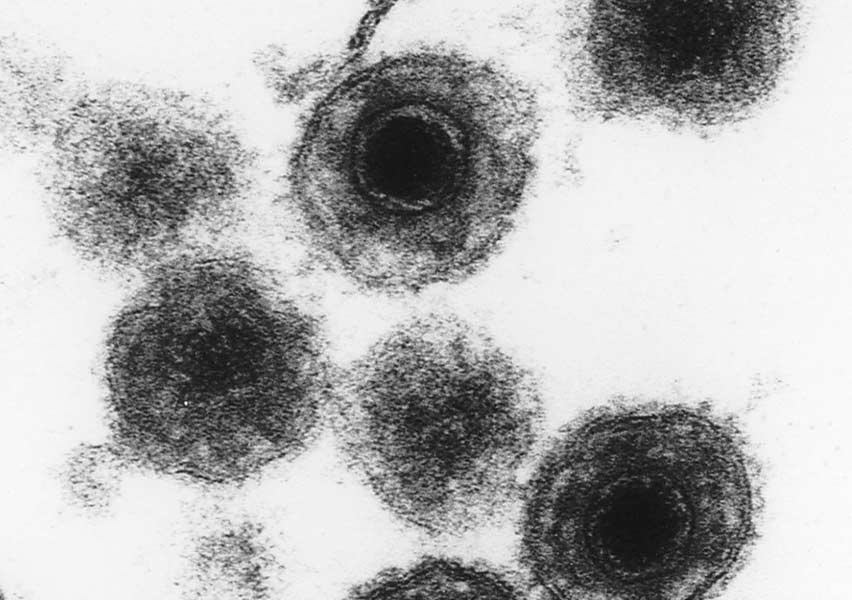Herpes 6
Human herpesvirus 6 (HHV-6) is a double-stranded DNA virus belonging to the Herpesviridae family, and is one of the eight known herpesviruses that infect humans (HHV-1 to HHV-8). It was first isolated in 1986 from lymphocytes of patients with lymphoproliferative disorders. There are two distinct variants of this virus: HHV-6A, which has a stronger neurotropic potential, and HHV-6B, which is mainly responsible for primary infections in children, particularly roseola infantum.
Clinical characteristics:
Primary infection with HHV-6 usually occurs during early childhood and is nearly universal worldwide. In most cases, it causes a self-limiting febrile illness, and in about 10% of children, it manifests as roseola infantum (also known as exanthema subitum), characterized by sudden high fever followed by a maculopapular rash. HHV-6B is the predominant subtype in Europe and North America and is responsible for up to 93% of primary infections. In the United States, HHV-6 infections are estimated to account for up to 20% of pediatric hospitalizations for fever.
In immunocompetent individuals, reactivation of the virus is typically asymptomatic. However, in immunosuppressed patients—especially those undergoing hematopoietic stem cell transplantation—reactivation can lead to severe complications. These include encephalitis, myocarditis, bone marrow suppression, pneumonitis, and in some cases, involvement of the liver or gastrointestinal tract. Encephalitis due to HHV-6 is rare but can be life-threatening, with symptoms such as altered mental status, seizures, headache, and memory impairment.
Diagnosis:
HHV-6 infection or reactivation is confirmed through molecular testing, primarily using polymerase chain reaction (PCR) to detect viral DNA in blood, cerebrospinal fluid, or affected tissues. In patients with suspected encephalitis, lumbar puncture and analysis of the cerebrospinal fluid, alongside brain imaging (MRI), are critical for assessing central nervous system involvement. Due to chromosomally integrated HHV-6 in some individuals, interpretation of positive PCR results should be done cautiously and correlated with clinical findings and viral load.
Treatment:
There is no specific antiviral therapy approved exclusively for HHV-6. In severe cases—especially in immunocompromised patients—antiviral drugs such as ganciclovir, foscarnet, or cidofovir may be used, although their efficacy is based mainly on case reports and expert consensus. Treatment is generally supportive in immunocompetent patients, and antipyretics can be used for fever control. Preventive strategies in transplant recipients may include regular monitoring of viral load post-transplantation to detect early reactivation.

